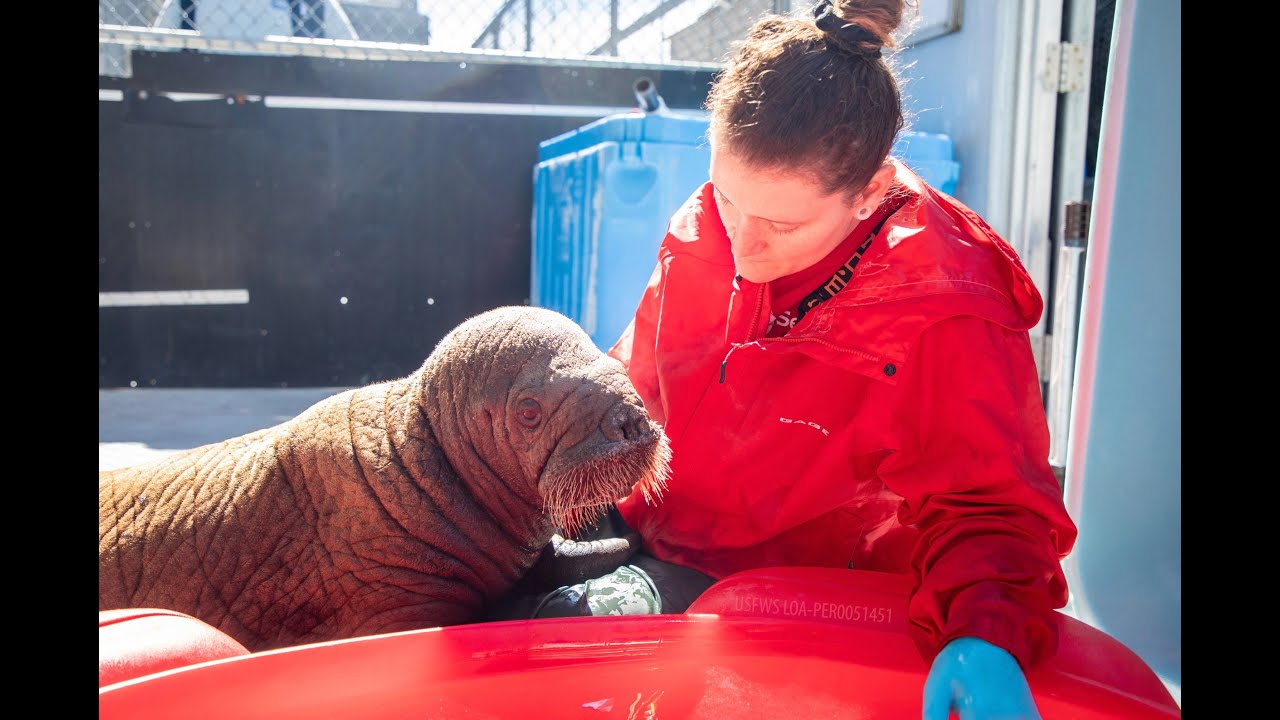- The life of an orphaned walrus calf and its importance in wildlife conservation
- The role of zoos and aquariums in the rehabilitation of orphaned marine mammals
- The physiological and behavioral needs of walrus calves
- The significance of public engagement and education in wildlife conservation
- The impact of such cases on conservation policies and practices
The life of an orphaned walrus calf and its significance in wildlife conservation sheds light on the delicate balance necessary to preserve marine ecosystems. This starts with understanding the challenges these creatures face from birth, particularly when separated from their mothers. A young walrus deprived of maternal care must learn to adapt quickly.
Newborn walruses generally rely on their mothers for nutrition, protection, and social learning. They nurse for about two years, during which they also learn vital skills for survival. In the absence of a mother, a calf faces increased mortality risks. This highlights the critical role of wildlife rescue efforts. Understanding the biology and ecology of walruses aids in developing effective rehabilitation practices.
The rehabilitation of orphaned marine mammals involves a comprehensive approach, wherein zoos and aquariums play an essential part. These institutions provide immediate care and medical attention to the calves, often requiring highly specialized veterinary knowledge. The initial focus is on stabilizing the animal’s health. This might include hydration, nutritional support, and treatment for any conditions or injuries.
Zoos and aquariums also replicate the social environments necessary for proper psychological development. Inclusion in controlled settings with other walruses and environmental enrichment can foster a sense of security and enhance social behaviors. The ultimate goal is not just survival but providing a quality of life that encourages natural behaviors.
The physiological and behavioral needs of walrus calves are complex and demanding. They possess a thick layer of blubber from birth, which is crucial for insulation in Arctic waters. This blubber also serves as an energy reserve. Nutrition, therefore, is paramount. A diet rich in fat is essential, usually achieved through a combination of formulated milk substitutes and, later, solid foods such as clams and other mollusks.
Behaviorally, walrus calves engage in play and exploration, which are integral for learning and development. In captivity, caregivers must simulate these natural activities through enrichment programs. This includes the use of toys, feeding puzzles, and varied terrains in their enclosures.
Furthermore, public engagement and education are indispensable in wildlife conservation. Showcasing the journey of an orphaned walrus calf taking its first dip in a shallow pool can captivate and educate the public. Such stories highlight the need for conservation efforts and the impact human activities, like shipping and oil drilling, have on marine life.
Educational programs can be developed around these events to increase awareness and support for conservation initiatives. Schools, community groups, and public visitors gain insights into the challenges faced by marine animals. This, in turn, fosters a generational shift in attitudes towards wildlife and conservation actions.
The impact of these cases on conservation policies and practices cannot be understated. Each rescued and rehabilitated animal contributes to our understanding of the species and informs broader conservation strategies. Data gathered from the care of orphaned walruses, for instance, can influence policies on marine protected areas and guide responses to future conservation emergencies.
In conclusion, the tale of an orphaned walrus calf taking its first swim is more than just an engaging narrative. It underscores the profound interconnectedness of wildlife conservation efforts, the critical role of rehabilitation centers, and the importance of public involvement and education in protecting endangered species.
*****
Source Description
Little miss walrus took her first dip in the “crab pool!”
Well… more like first head dunk, but still an important moment for this walrus calf.
More about this special patient: We are caring for an orphaned female Pacific walrus calf that arrived from Utqiagvik, Alaska. Walruses are rare patients for us, with only eleven total and just one other female since the ASLC opened in 1998.
This calf was first observed alone on the beaches of Utqiagvik, and she is estimated to be only a couple of weeks old or less. Our veterinary team noted that the calf was malnourished and dehydrated, but alert at her initial admit exam. As the team wrapped up administering emergency fluids and stabilizing treatments around 1 a.m. on July 23, they prepared for the demanding days ahead.
Walrus calves require 24-hour care with a more demanding and hands-on care regimen than for many other marine mammals. Because calves are highly social and seek comfort through physical contact with their mothers, staff act as surrogates, sitting with them around the clock.
Read the walrus calf’s full admit story on our website: https://www.alaskasealife.org/news_item/189
Financial support for our Wildlife Response Program is greatly appreciated during this critical time. Those interested in contributing to the care of our patients can visit www.alaskasealife.org/donate


